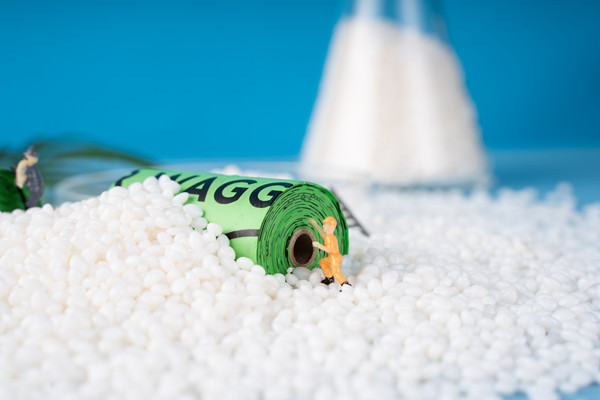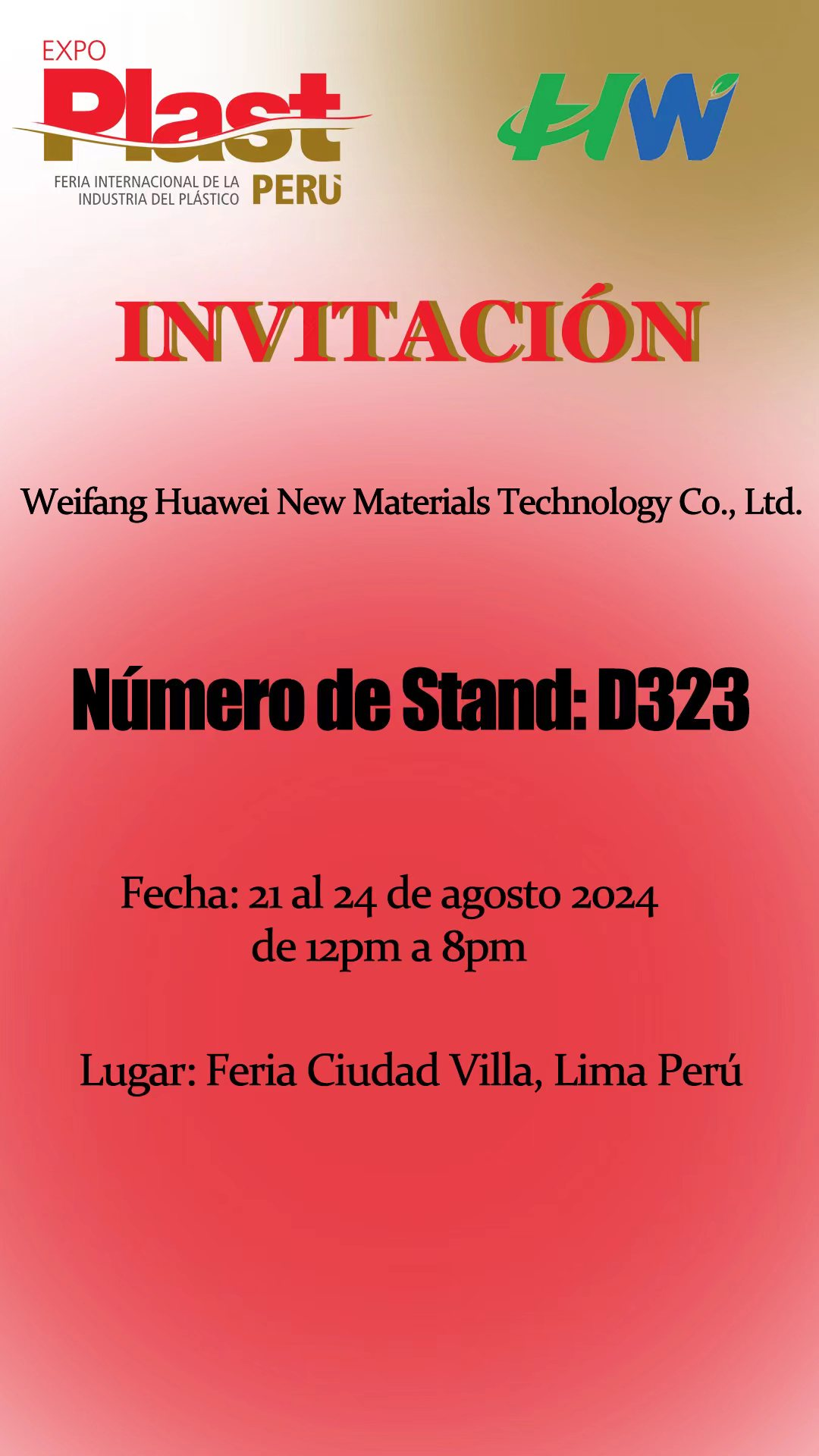In recent years, there has been a growing interest in eco-friendly and sustainable materials that can be used to create various products. One such material that has gained popularity is PBAT, or polybutylene adipate terephthalate. PBAT is a type of biodegradable polymer that is often used in packaging, disposable products, and other applications. But the question remains: is PBAT truly eco-friendly?

PBAT is a biodegradable polymer that is made from a combination of adipic acid, terephthalic acid, and butanediol. It is often used as a substitute for traditional petroleum-based plastics, as it is biodegradable and does not release harmful toxins into the environment when it decomposes.
One of the main advantages of PBAT is that it is biodegradable. When exposed to the environment, it breaks down into carbon dioxide, water, and biomass. This means that it does not accumulate in landfills or oceans, unlike traditional plastics that can take hundreds of years to decompose.
PBAT also has a lower carbon footprint than traditional plastics. The production of PBAT requires less energy and generates fewer greenhouse gases than the production of petroleum-based plastics. This makes it a more sustainable alternative to traditional plastics.
Additionally, PBAT can be recycled along with other biodegradable materials, such as food waste and yard waste. This allows for a closed-loop system, where waste is turned into new materials instead of being sent to landfills.
Despite its many advantages, PBAT also has some disadvantages. For one, it is not as durable as traditional plastics. This means that it may not be suitable for certain applications, such as products that require a longer lifespan.
PBAT also requires specific conditions in order to biodegrade properly. It needs to be exposed to certain temperatures, moisture levels, and microbial activity in order to break down. If it is not disposed of properly, it may not biodegrade as quickly or completely as intended.
Furthermore, PBAT is not a perfect solution to the problem of plastic pollution. While it may be biodegradable, it still requires energy and resources to produce, and it may not be feasible to replace all traditional plastics with PBAT.
In conclusion, PBAT is an eco-friendly and sustainable material that has many advantages over traditional plastics. It is biodegradable, has a lower carbon footprint, and can be recycled along with other biodegradable materials. However, it also has some disadvantages, such as its lower durability and specific biodegradation conditions. While PBAT may not be a perfect solution to the problem of plastic pollution, it is certainly a step in the right direction towards a more sustainable future. We are a PBAT supplier. If you are interested in our products, please contact us now!
